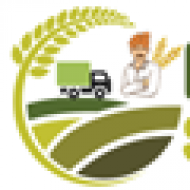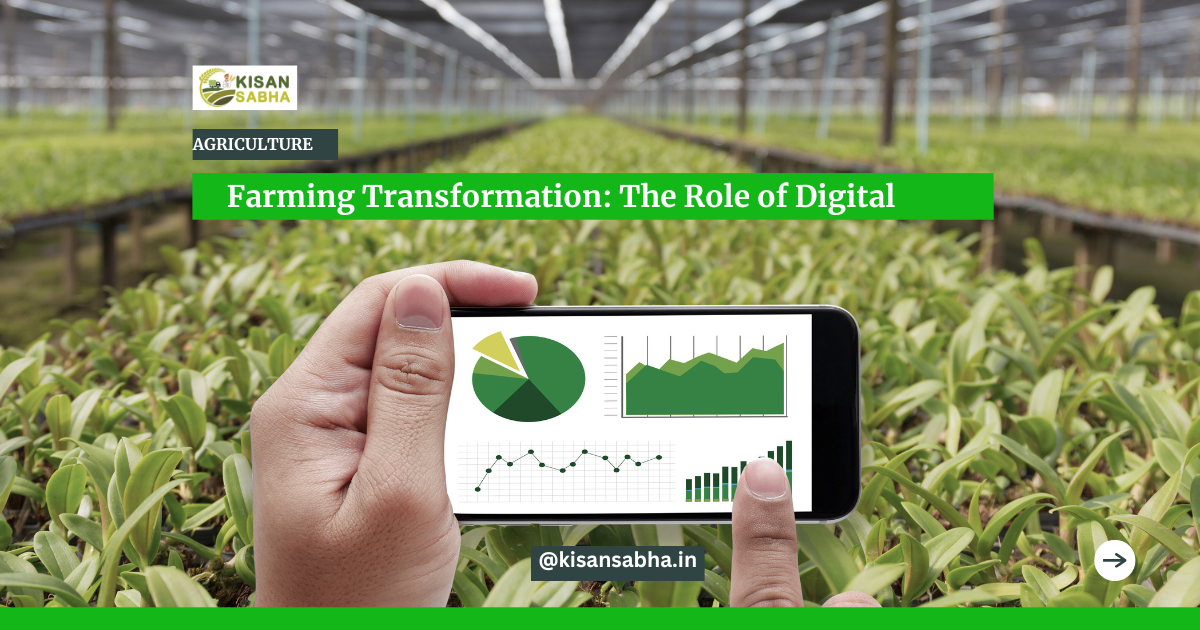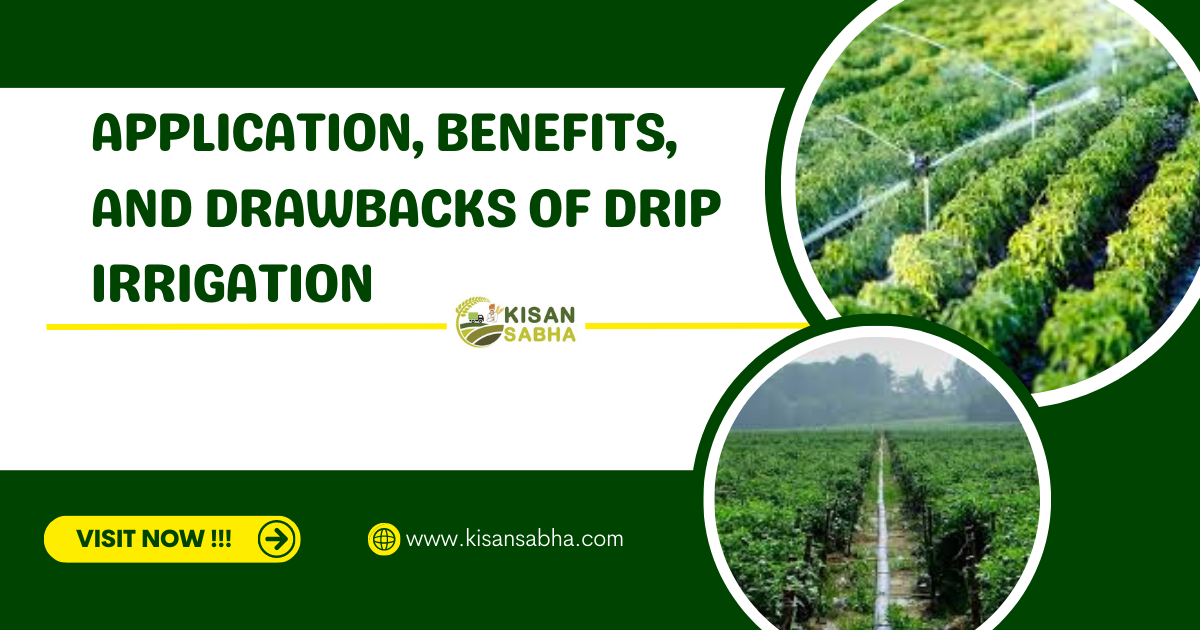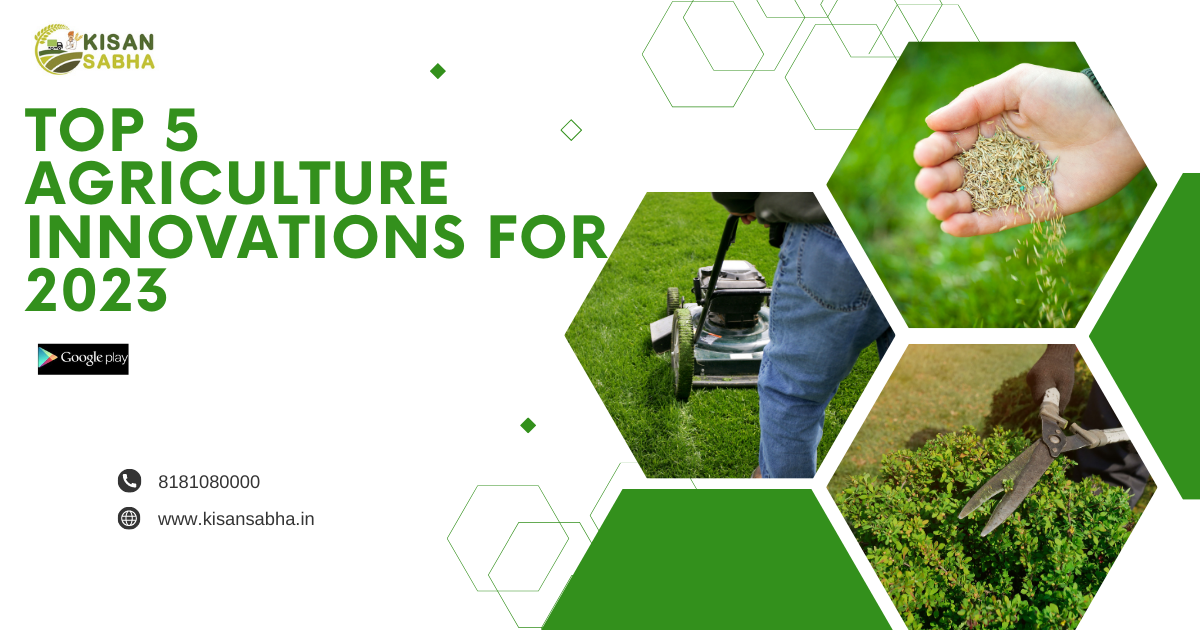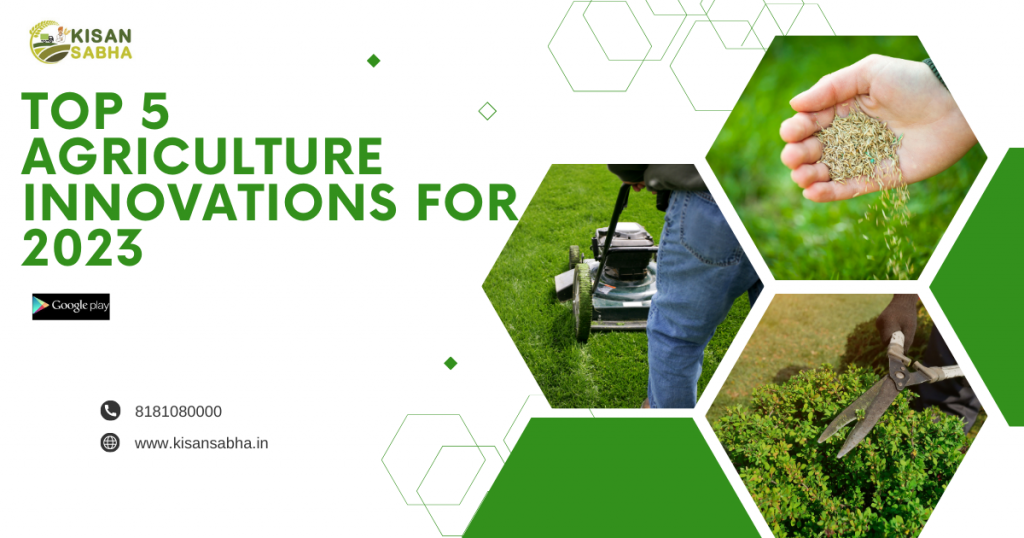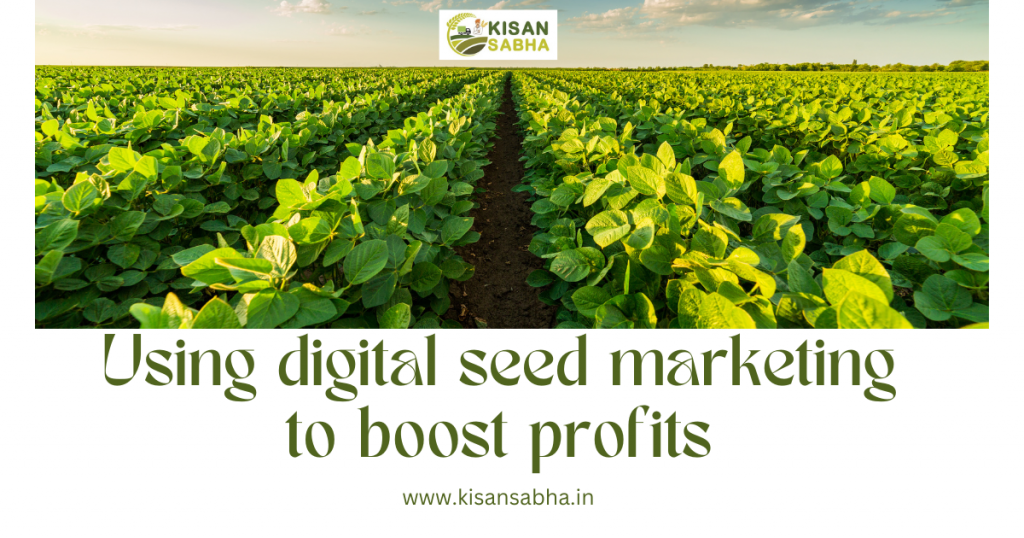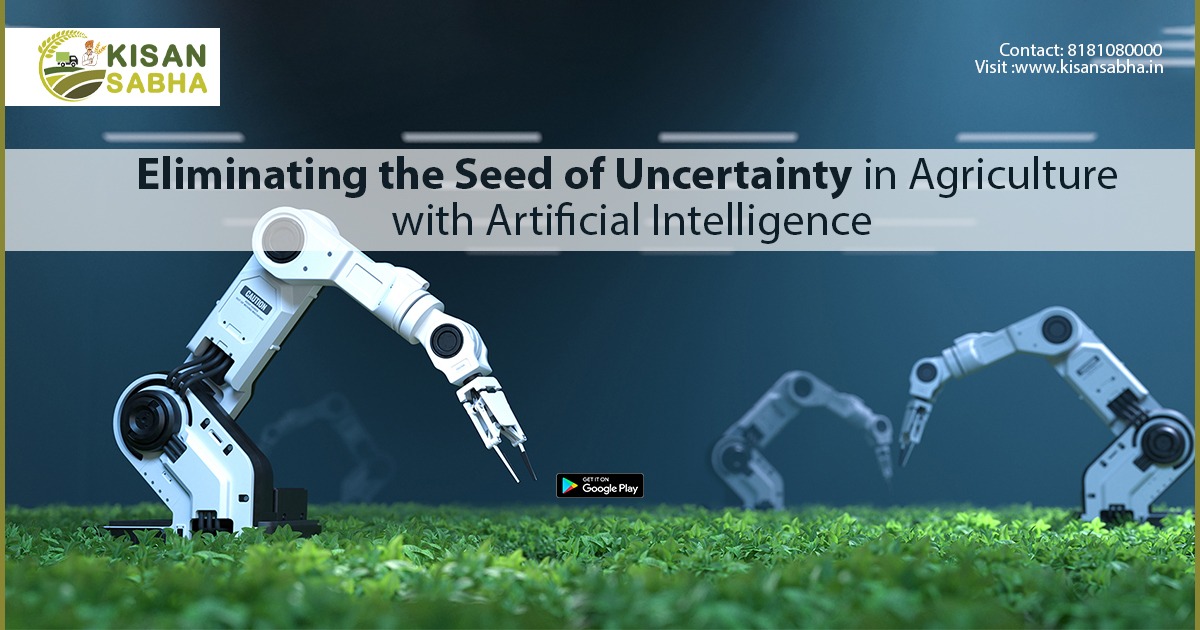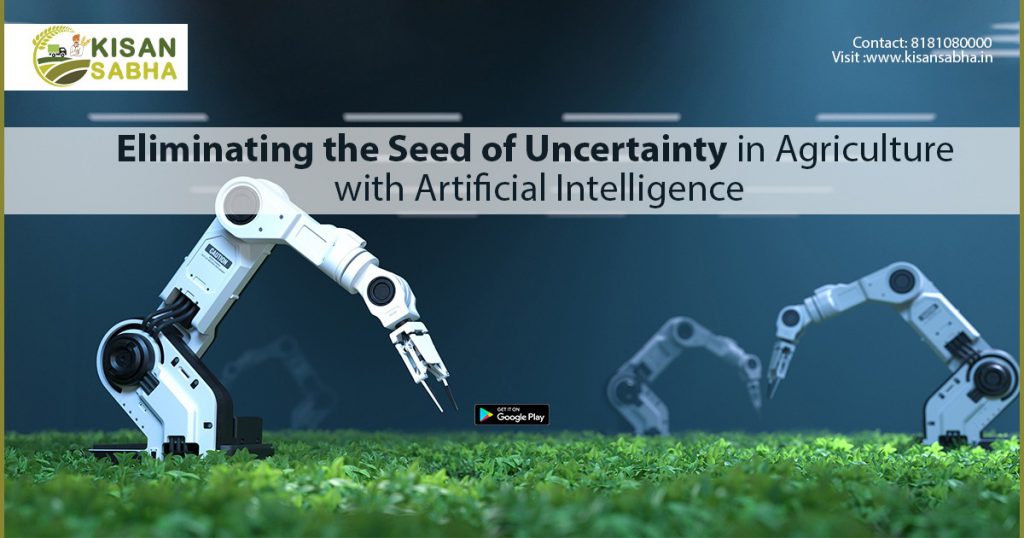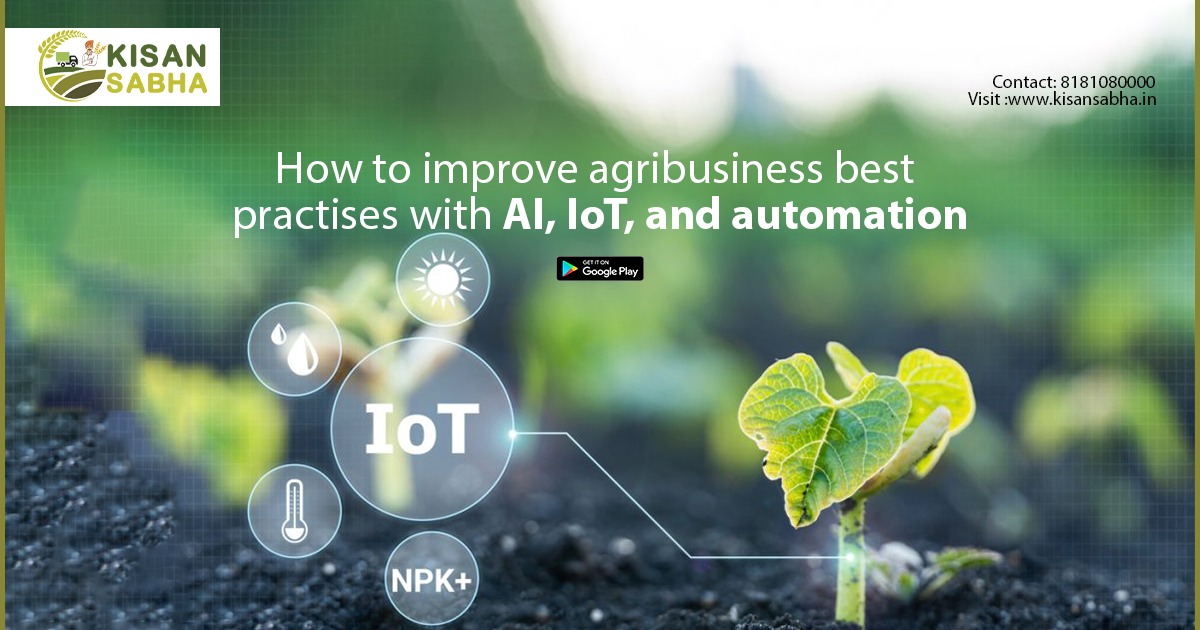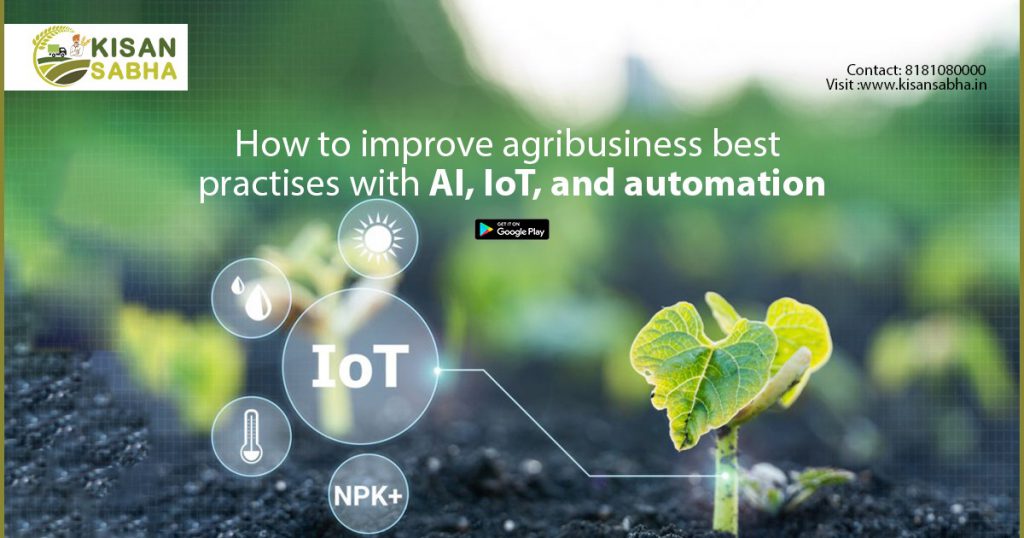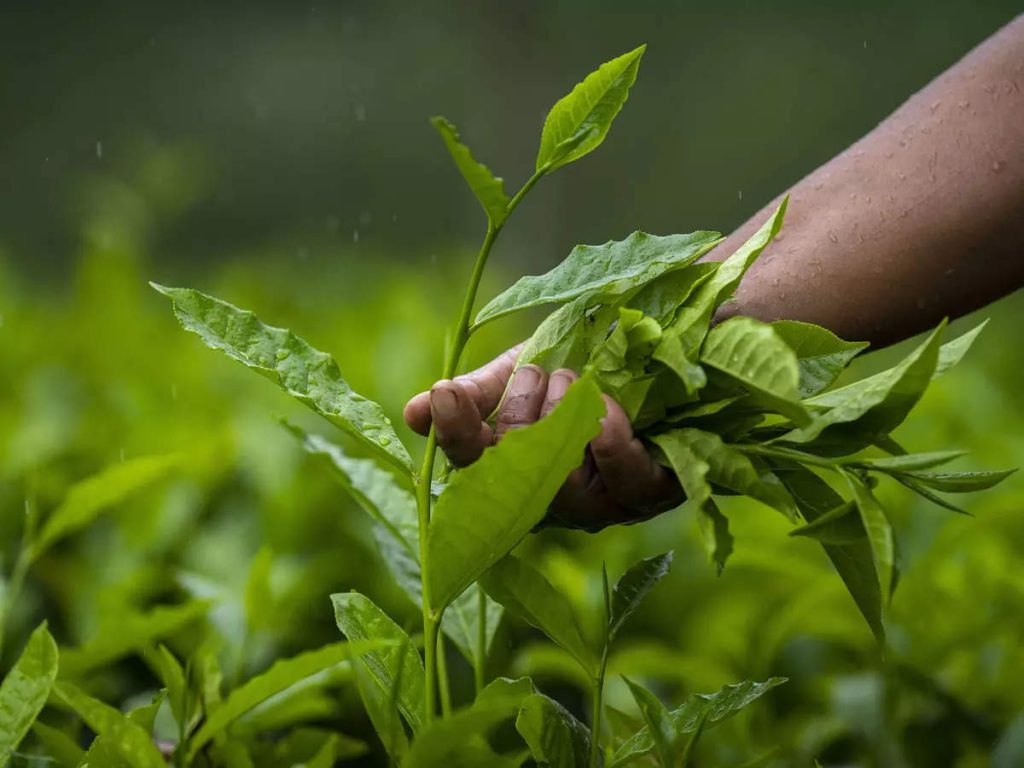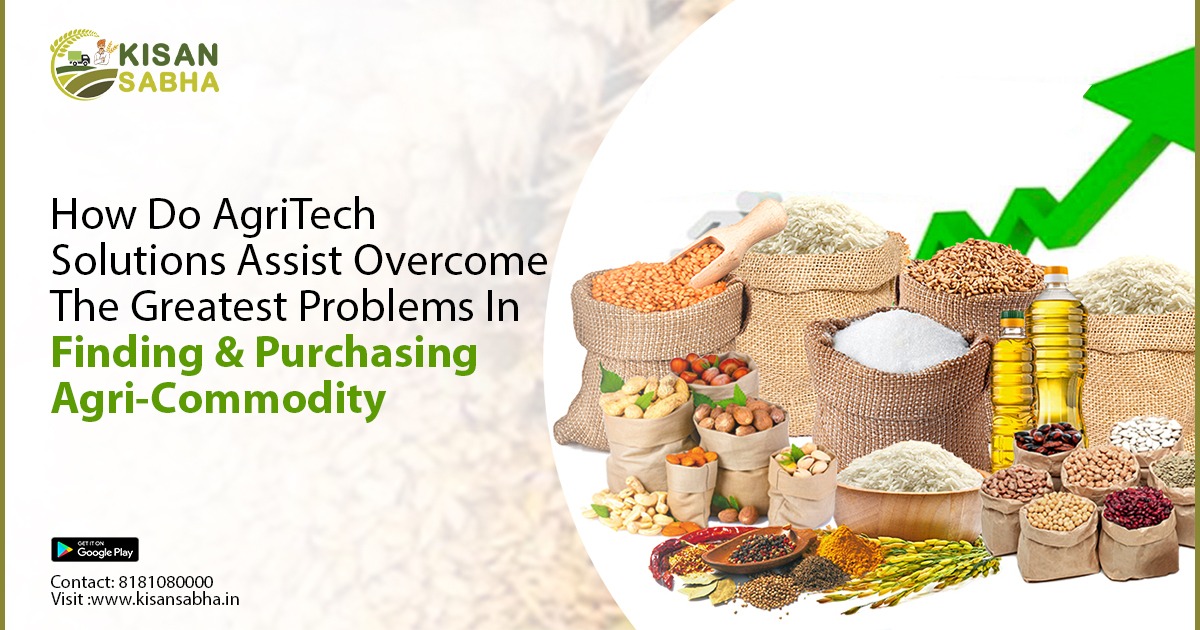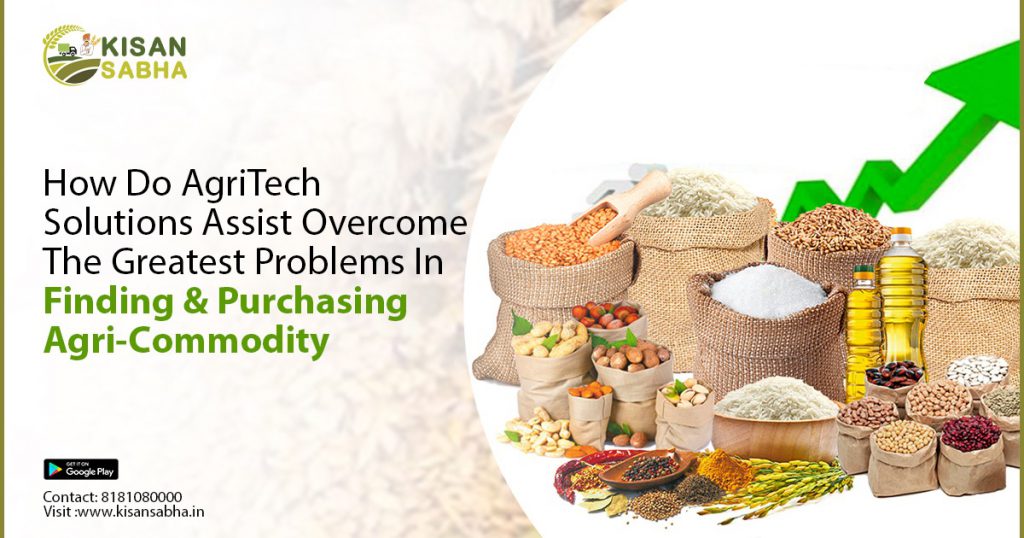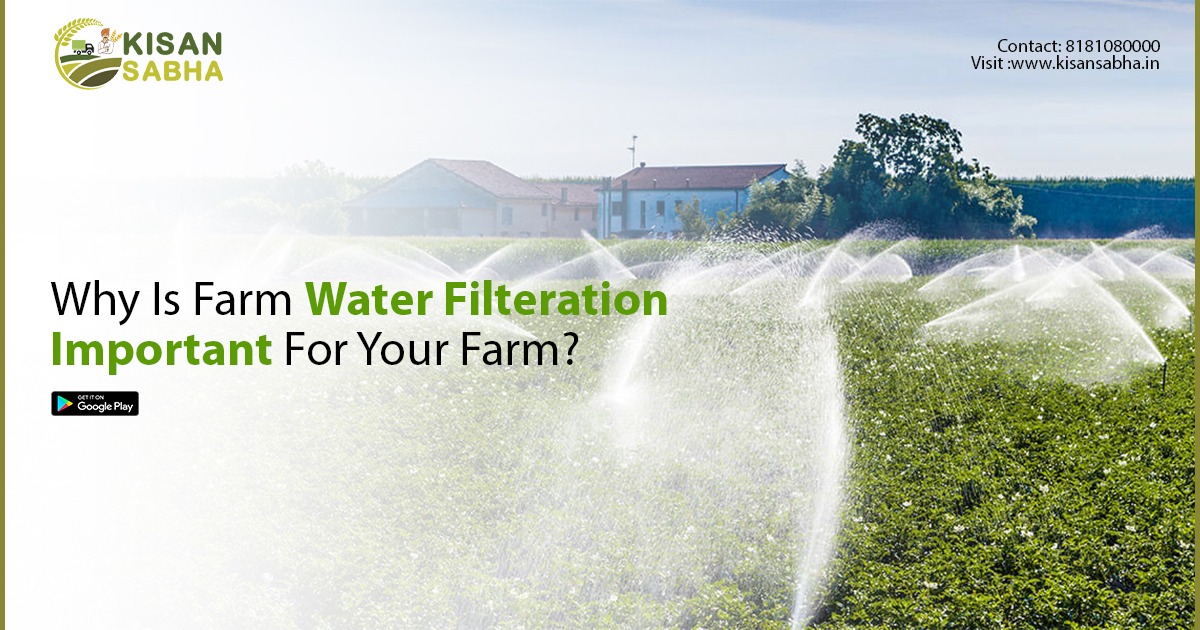The agriculture sector is being modernized with a focus, and the sustainability of this effort depends on data-driven weather intelligence. Because there are so many different limiting factors outside of a farmer’s control, managing the decision-making processes of farming has always been challenging. being foremost among them the actual weather.
Big data is being used to advance modern agriculture and make it more reliant on data-driven analysis than on manual labor. Realizing that it is impractical to rely on intuition and conventional technology at a time when the world’s population is still growing and the agriculture sector is still under pressure. Therefore, we must develop agricultural solutions based on automated data gathering, predictive analytics, and AI-driven insights in order to accomplish sustainable agriculture.
People in various positions across the industry are now involved in the vision of sustainable agriculture. We’ll look at how we got here and why adopting modern agricultural methods is the obvious next step for a flourishing planet.
Modernizing agriculture: The answer to the issues of the past
Arable land will probably continue to exist in the same amount. We will have to use more of the resources already available to grow more crops as the population steadily increases. There will be 9 billion people on the planet by the year 2050. At least a 70% increase in food production is necessary to feed this expanding population.
Future generations won’t be able to produce and use our arable land if the agriculture industry does not look beyond conventional approaches. The goal of agriculture in the past was to produce as many crops as possible while utilizing all of the available land. Sustainable farming practices or land preservation were not emphasized. Profitability and the preservation of natural resources were not priorities from a financial standpoint.
Three advantages of transitioning to sustainable agriculture
Advanced weather data and analytics will aid in the development of technologically driven agricultural practices, which has real benefits. We want to support businesses and growers in making better decisions based on weather information so that we can advance the following notable advantages of sustainable agriculture:
1. Preventing pollution and preserving the environment
Farmers who use sustainable practices will use less chemical input, less nonrenewable energy, and conserve limited resources. When you take into account the expanding population and the need for food, maintaining the health and replenishment of the land can go a long way.
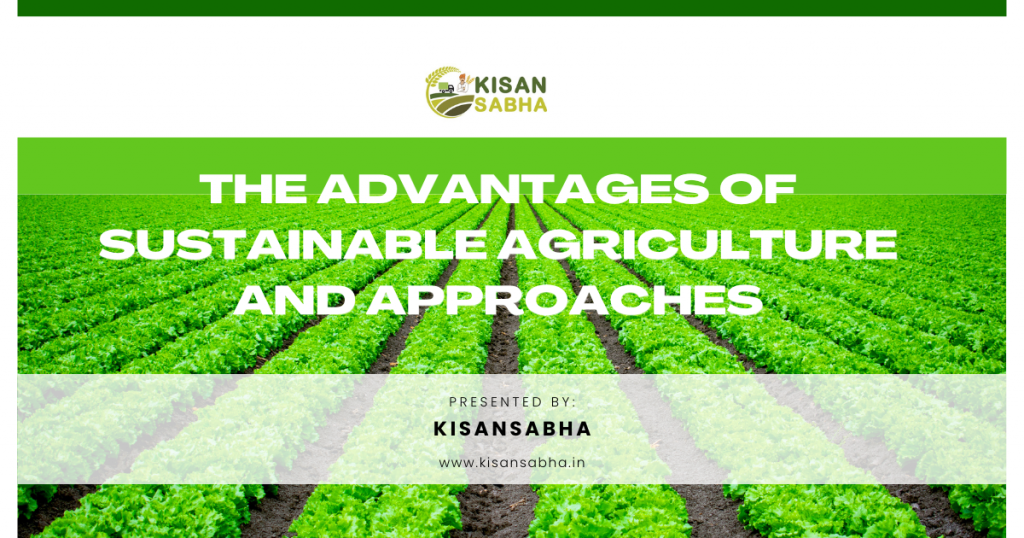
2. Cost-cutting and a profit-driven approach
Everyone involved in the agriculture industry will profit from more efficient farming and food transportation from farm to fork. Surprises becoming rarities because to IoT data from sensors put in anything from seed drills, sprayers, and spreaders to drones, satellite photos, and soil.
3. Increasing food production while minimizing waste
The predicted population growth is a reason for concern, as we have discussed. From a purely production perspective, there is a chance to advance agricultural techniques now, and sustainable agriculture offers the best prospects.
Conclusion
All participants in the value chain may benefit from new technologies when combined with growing consumer knowledge and demand for sustainable food. Rising internet use and smartphone use in India have already significantly altered the agricultural landscape, particularly how small and medium farmers conduct their business. It aids in facilitating direct access to markets, enabling farmers to keep a larger percentage of the value generated.
The use of digital technology in agriculture aims to encourage innovation and eco-friendly farming practises. For any change to be effective, it must get viewed holistically. Among farmers, support will grow for whatever is clearly advantageous to them.
Visit kisansabha.in now!!
